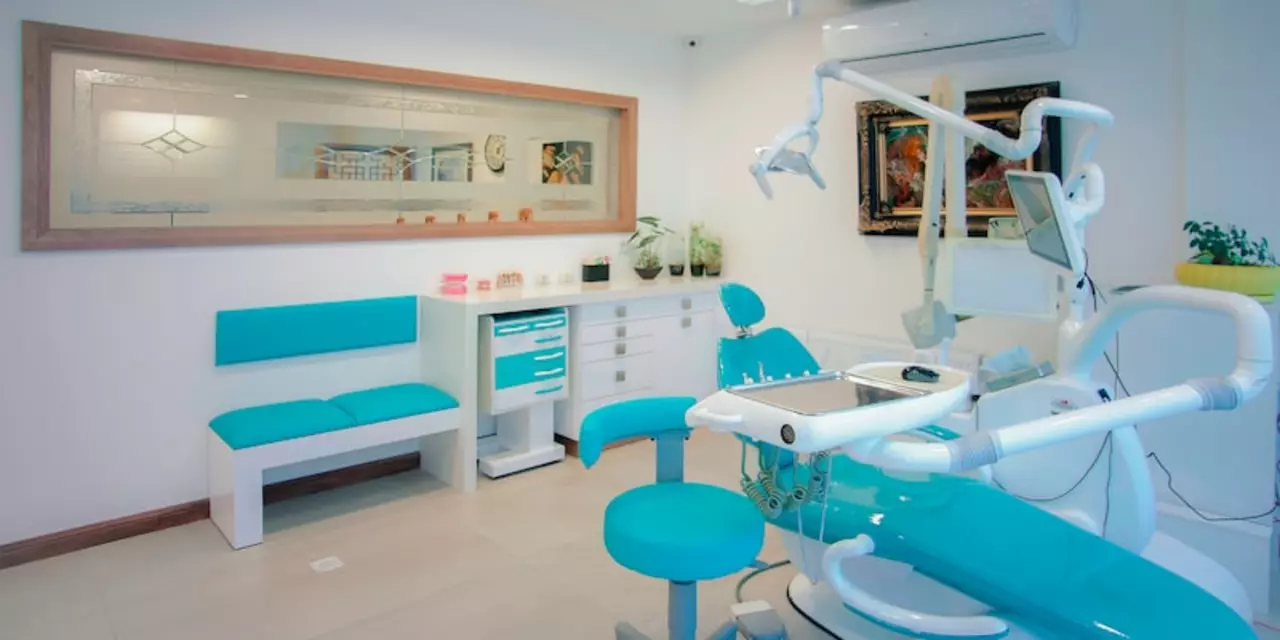Quad Rear Camera Explained in Plain English
If you’ve been browsing phone specs lately, you’ve probably seen the term quad rear camera pop up everywhere. It sounds fancy, but it really just means a phone has four lenses on the back. Each lens does a specific job – wide‑angle shots, zoom, depth sensing, low‑light capture – and they work together to give you better photos without needing a separate camera.
Why Four Lenses Are Better Than One
Think of a single lens as a one‑man band. It can play a tune, but it’s limited. Add three more lenses, and you get a full band: each instrument adds its own flavor. The wide‑angle lens grabs more of the scene, perfect for landscapes or group selfies. The telephoto lens lets you zoom in without losing detail, so you can capture distant subjects clearly. A dedicated macro lens focuses on tiny details like flower petals or textures. Finally, the depth sensor helps the phone understand what’s in front and what’s behind, giving you natural‑looking portrait mode with blurry backgrounds.
Key Features to Check When Shopping
When you compare phones with quad rear cameras, don’t just look at the megapixel count. Here’s what really matters:
Sensor size: Bigger sensors gather more light, which means clearer photos in low‑light situations. Look for terms like "1/1.7" or "1/2.0" sensor.
Aperture value: A lower f‑number (like f/1.8) lets more light in, helping with night shots and depth effects.
Image processing software: The phone’s AI and HDR algorithms combine the data from all four lenses. Good software can turn a modest hardware setup into impressive results.
Optical stabilization: This feature reduces blur when you’re moving or shooting handheld, especially useful for video.
Zoom capabilities: Some phones provide true optical zoom on the telephoto lens, while others rely on digital zoom. Optical zoom maintains quality.
All these pieces work together to give you a smoother, more versatile shooting experience. If a phone checks most of these boxes, you’ll likely be happy with its quad camera performance.
One common mistake is assuming that more lenses automatically mean better photos. In reality, the integration of hardware and software decides the final output. A phone with a well‑tuned quadruple setup can outshine a device with a single 108MP sensor if the processing is weak.
For everyday use, a quad rear camera shines in a few scenarios: capturing a group at a party without sacrificing background detail, snapping clear close‑ups of insects or food, shooting video with steady focus, and taking low‑light cityscapes without a flash. Those are the moments where the extra lenses really pay off.
So, next time you see “quad rear camera” on a spec sheet, remember it’s not just a marketing buzzword. It’s a set of tools that, when combined with good software, can make your phone photos look more professional without carrying a separate camera.
Want to stay updated on the latest tech trends and news? Keep checking Around The Clock News – we bring you fresh stories on gadgets, sports, entertainment, and more, 24/7.
